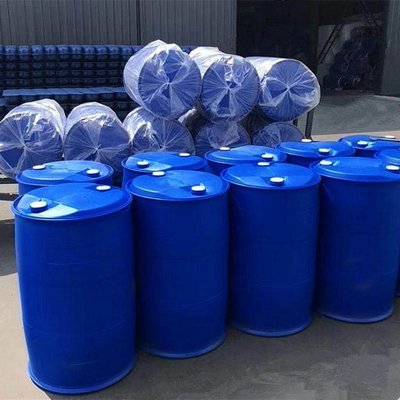Lithium Chloride Formula (LiCl)
What is Lithium Chloride?
Lithium chloride (LiCl) is a chemical compound consisting of lithium (Li) and chloride (Cl). Its chemical formula, LiCl, represents a classic ionic compound where positively charged lithium ions bond with negatively charged chloride ions. This union creates a strongly polar compound that has high solubility in water. While simple in structure, the versatility of lithium chloride makes it invaluable for applications ranging from air conditioning systems to laboratory processes.
For more detailed insights into its makeup, you can explore Lithium Chloride, which provides a deep dive into its chemical structure and significance.
Physical and Chemical Properties
Lithium chloride stands out because of its distinctive physical and chemical characteristics:
- Appearance: It typically forms as white, crystalline, and often hygroscopic (water-attracting) solids.
- Melting Point: Approximately 605°C (1,121°F).
- Boiling Point: Around 1,382°C (2,520°F), which is relatively high for an ionic compound.
- Solubility: It dissolves readily in water and other solvents, making it highly versatile in aqueous solutions.
- Density: Lithium chloride has a density of 2.07 g/cm³.
These properties make it ideal for industrial uses where thermal stability and solubility are crucial. For further technical specifications, check this outline on its Physical and Chemical Properties.

Natural Occurrence
Is lithium chloride naturally occurring? The short answer is yes, but not in its pure form. Lithium chloride can be found in brine deposits and some mineral springs, although it doesn’t generally exist as a standalone mineral in nature. Instead, lithium itself is extracted from deposits of minerals like spodumene and processed to create compounds like LiCl. This process allows for the collection and purification of lithium chloride for both research and industrial use.
To better understand its extraction and occurrence in natural deposits, you can refer to this detailed source on Lithium Chloride in Nature.
Through its chemical simplicity and diverse applications, lithium chloride continues to be an indispensable compound across numerous fields.
Lithium Chloride Formula in Detail
Lithium chloride (LiCl) may seem simple at first glance, but a closer look reveals the fascinating details of its structure, weight, and versatility in chemical reactions. In this section, we’ll break down the basics of how LiCl is formed, its molecular weight, and its role in various chemical processes.
Chemical Structure of LiCl
At the core of lithium chloride’s structure lies a strong ionic bond between lithium (Li) and chlorine (Cl). Lithium, a metal, has one electron in its outer shell, while chlorine, a non-metal, needs one more electron to complete its valence shell. This difference sets the stage for a perfect exchange.
When lithium transfers its outermost electron to chlorine, it creates two charged ions: a positively charged lithium ion (Li⁺) and a negatively charged chloride ion (Cl⁻). These oppositely charged ions attract each other, forming the ionic bond that defines lithium chloride. The result? A stable compound with unique polar properties. If you’re interested in a visual of its chemical structure, check out this detailed explanation.
Molecular Weight and Calculation
The molecular weight of lithium chloride is 42.39 grams per mole (g/mol). But how is this calculated?
- Step 1: Atomic Weights
Begin by finding the atomic weights of lithium and chlorine:- Lithium (Li): Approximately 6.94 g/mol
- Chlorine (Cl): Approximately 35.45 g/mol
- Step 2: Add Them Together
Add the weights of one lithium atom and one chlorine atom:- 6.94 + 35.45 = 42.39 g/mol
This molecular weight is crucial in applications where precise measurements of LiCl are required, such as in laboratory experiments or industrial reactions. For a deep dive into its physical data, explore the NIST WebBook’s entry on lithium chloride.
Reactions Involving Lithium Chloride
Lithium chloride is not just a passive compound; it plays an active role in various chemical reactions. Below are some notable examples:
- Dissolution in Water
When LiCl dissolves in water, it dissociates into Li⁺ and Cl⁻ ions:LiCl (s) → Li⁺ (aq) + Cl⁻ (aq)This makes it a common electrolyte in solutions used for electrochemical applications.
- Heat of Solution
The dissolution of LiCl in water is exothermic, releasing heat. This property is utilized in heat packs and other applications where controlled heat release is needed. For more details, check out this reaction demo. - Role as a Catalyst
Lithium chloride can act as a catalyst in organic synthesis reactions. For instance, it has been used in the catalysis of ketene reactions, improving reaction efficiency. Learn more about its role in catalysis in this scientific overview. - Interaction with Ethanol
While not highly reactive, LiCl can interact with ethanol under certain conditions, such as when exploring combustion phenomena. This reaction isn’t typical but shows the curious nature of LiCl.






